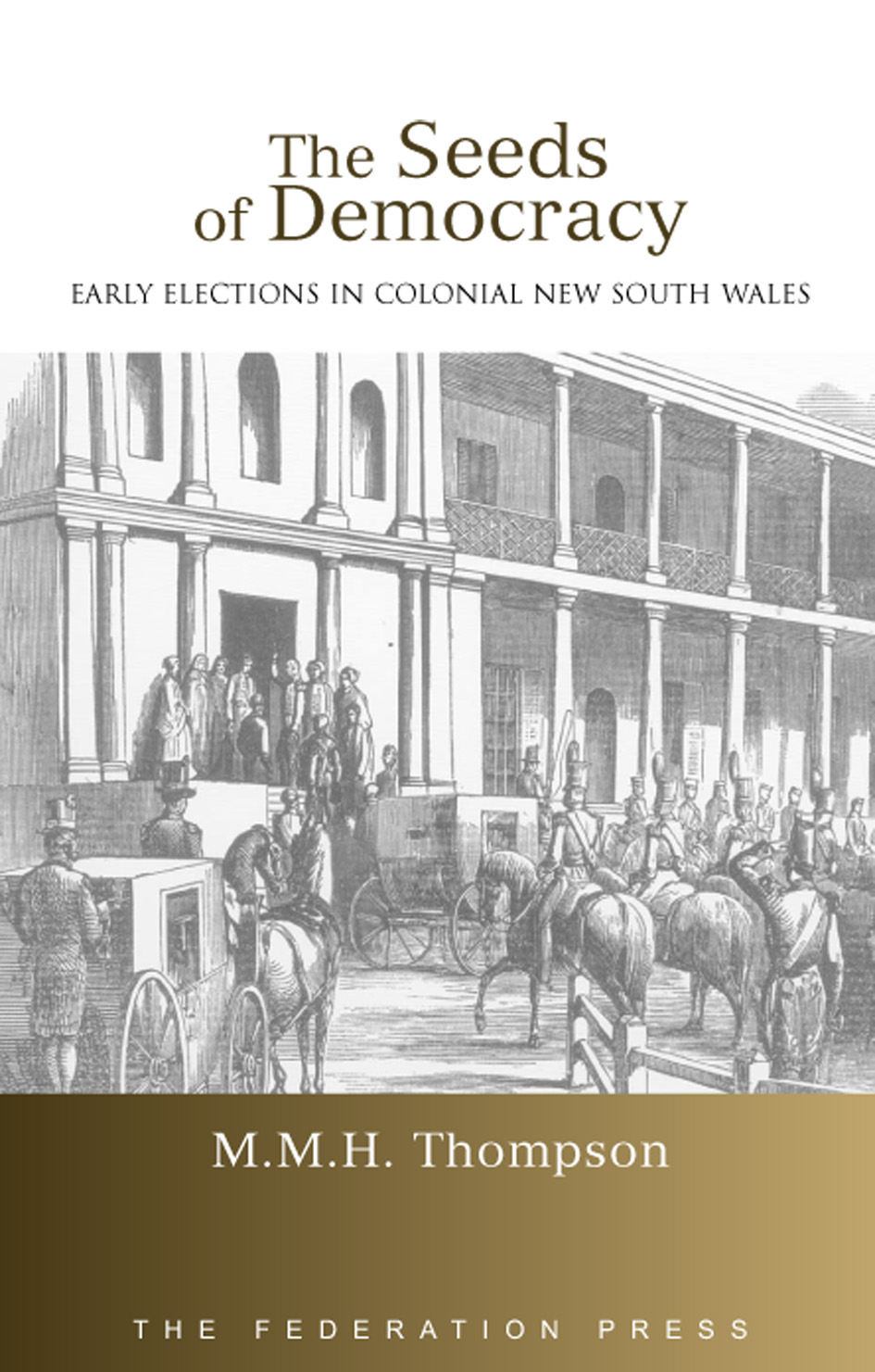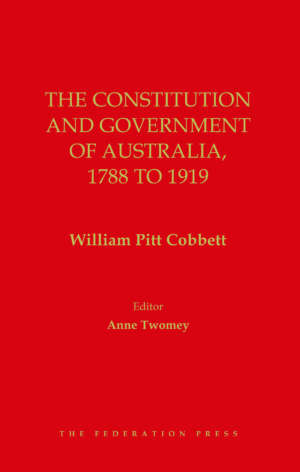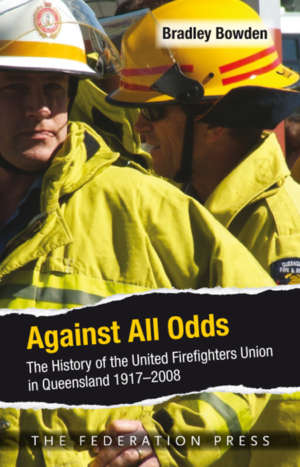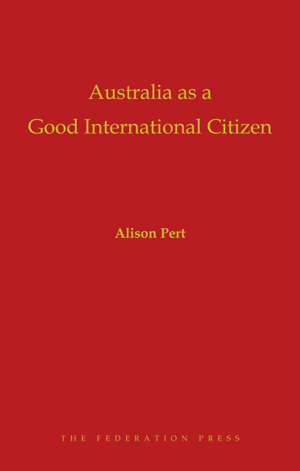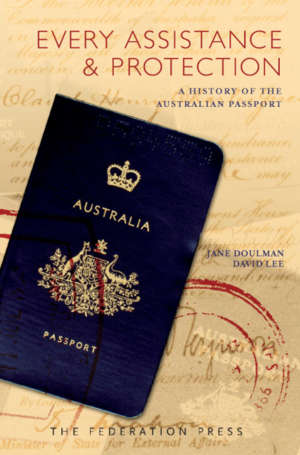Product Description
In January 1843 New South Wales was little more than a penal settlement ruled by Governor’s decree. The election held later that year – the first election in Australia – produced a Parliament with limited powers. Britain continued to control the purse strings and retained the power to veto the colony’s legislation.
Thirteen years later, in 1856, New South Wales was a colony with a Parliament, a Premier and a liberal constitution. Max Thompson tells the story of this seismic shift.
Powerful and fascinating men like William Charles Wentworth, Robert Lowe, Henry Parkes, and Dr John Dunmore Lang fight for their own visions of democracy while the population almost doubles, gold is discovered and the wool industry booms. It is the decade of the Chartist Movement in England and, in Europe, 1848 is the year of revolution.
But the new settlers focus on survival, security and prosperity as they forge new lives in a new world. They are largely indifferent to political hurly burly.
In this tumultuous, changing world, the conservative Wentworth proposes an aristocratic constitution. The colony’s Parliament rejects the establishment of a hereditary class system.
Two years later, in 1855, the Imperial Parliament rejects other provisions intended to obstruct the spread of democracy. It enacts a liberal constitution for New South Wales, which clears the way for the great election of 1856.
A NSW Sesquicentenary of Responsible Government publication.

